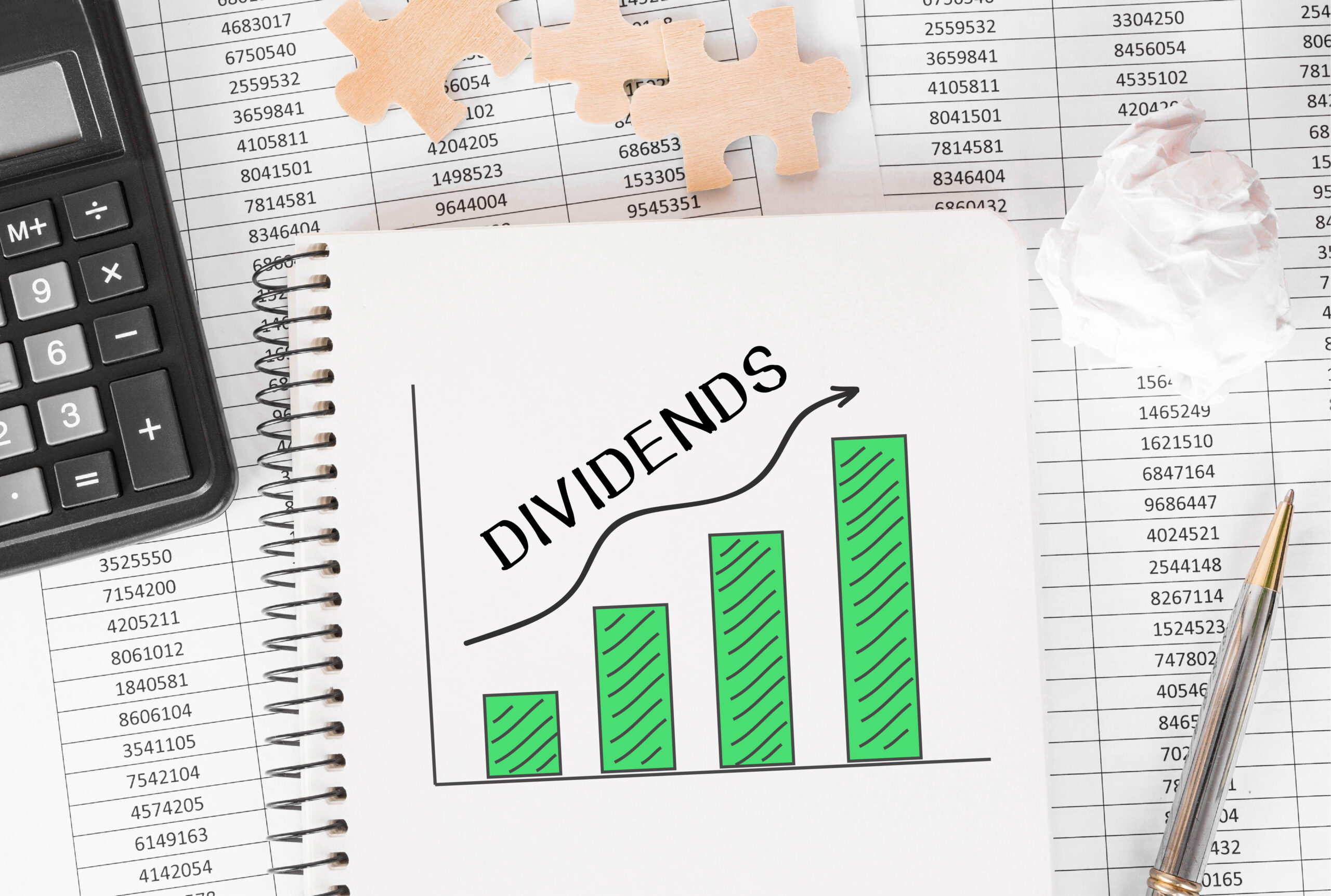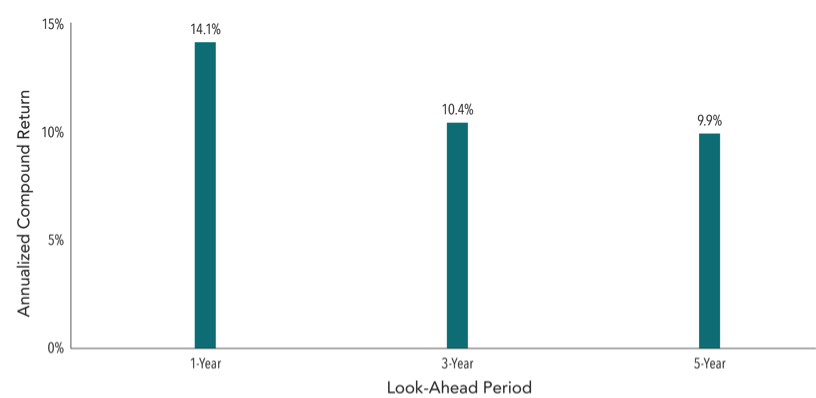In prior articles and videos, we have discussed how dividend investing can be a great way to generate income to live on in retirement.
Dividend-paying stocks create a passive, predictable, and growing income that you can rely on whether the market moves up or down. Because dividend investing allows you to earn income on your investments without selling your stocks, it can be a more stable and sustainable way to build wealth in your retirement income portfolio.
But, there is more to it than just “dividend investing.” There are different styles of dividend investing that provide specific benefits, especially in different markets. When looking at dividend strategies, they’re usually broken up into two camps; High-dividend and dividend-growth. Let’s take a look at each.
High Dividend Strategy
The dividend yield is one way to evaluate which dividend-paying stocks you should own. But just looking at the highest yield can be deceiving. Let’s say you’re looking at a stock that pays $10 a year in dividends while its shares are valued at $200 a share. But then the company comes under pressure and shares fall in value by 50% while they’re still paying the same $10 dividend. On the surface, it looks like yield has doubled, but in reality, the change in rate is a sign of company stress, not success.
Before this year, most dividend-investing strategies focused on high-yield were not performing well. Even high-quality offerings from companies with strong balance sheets weren’t very popular. That’s not because these companies were struggling but because these types of dividend-investing options simply had difficulty keeping up with outperforming growth stocks.
So far in 2022, the roles have reversed, with high-dividend stocks outperforming the overall markets.
While a healthy yield, quality, and reliability of the dividend-paying company should be considered in your decision, when you buy (in what market) should also be a factor. Paying too much for any investment (no matter how well it seems to be) can lower future returns.
Dividend Growth Strategy
Seeking a growing dividend is another way to evaluate your investment options. As the name implies, a dividend growth strategy seeks out companies that have been increasing the size of their dividend payouts per share over time.
Dividend growth usually means the dividend will be lower than companies in the high-dividend strategy, but you would expect those dividends to grow over time. Dividend growth had outperformed high-dividend strategies for several years, up until 2022, when high-dividend came into favor.
How do you decide which strategy is right for you?
Take a look at the company’s payout ratio and the price of the investment you’re looking to purchase.
A company’s payout ratio is its company’s earnings to its dividend payment per share. If a company earns $2 per share in a given quarter and pays a dividend of $1 per share, its payout ratio is said to be 50%.
Low payout ratios can be good or bad. They either indicate a more sustainable investment option or signal that the company should be paying out more in dividends. In contrast, high payout ratios could put too much earnings pressure on a company and indicate a non-sustainable pattern for the company into the future.
As you evaluate your options, ask yourself, “Is this company secure enough to keep paying the promised dividends—and perhaps even slowly increase them over time?”
Always look for clean balance sheets and strong profits, which are the factors that can put you in a position to keep the dividends flowing.
Price Matters
Dividend growth had several years of recent outperformance. This led to the strategy becoming expensive relative to the high-dividend strategy. Since then, it has lagged behind the high dividend strategy. But this isn’t because the dividend growth strategy was bad; it was simply too expensive.
Financial Stability Through Dividend Investing
As the market grows more volatile amid rising inflation and interest rates, financial stability becomes increasingly important. Dividend investing allows you to generate income in any market without having to worry about selling your investment (especially when stock values are down). Like with any investment, you want to make sure you’re making sound choices about what and when you buy. As I always say, know what you own and why you own it, and you’ll always be one step ahead in the game.






